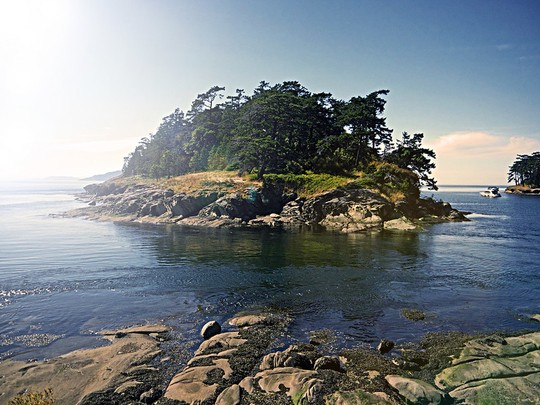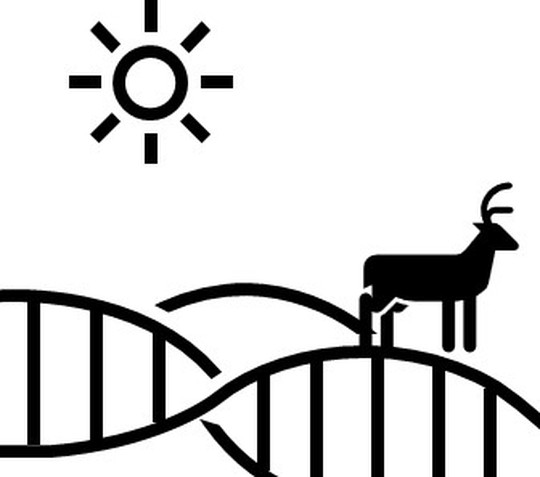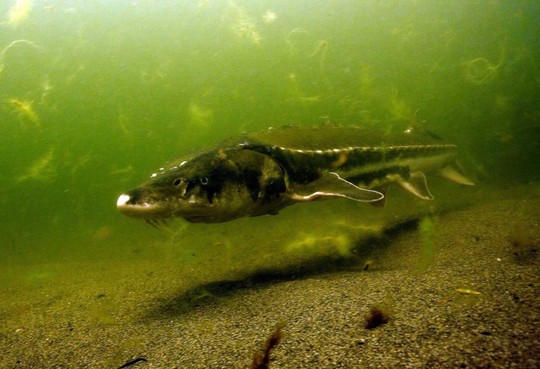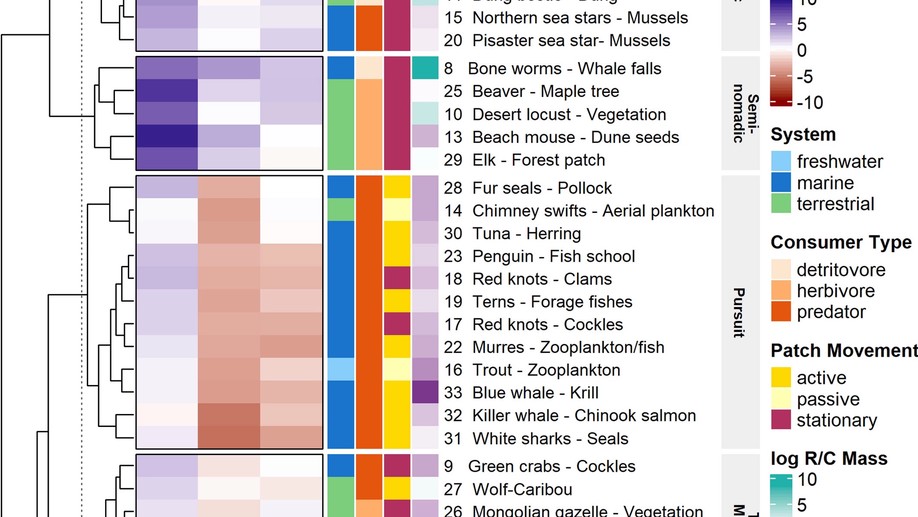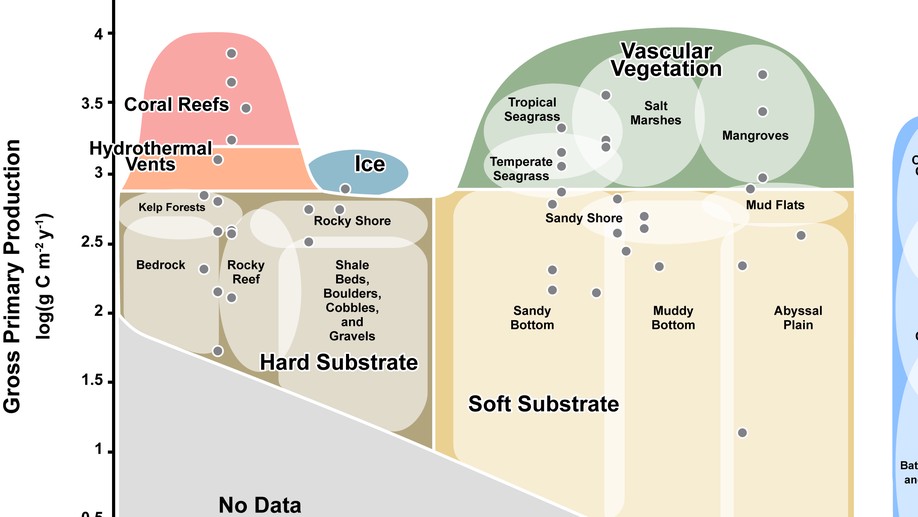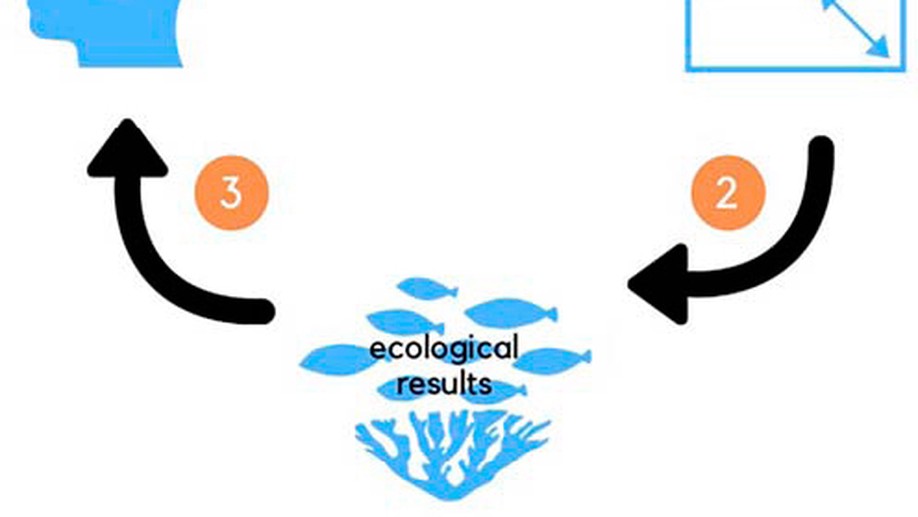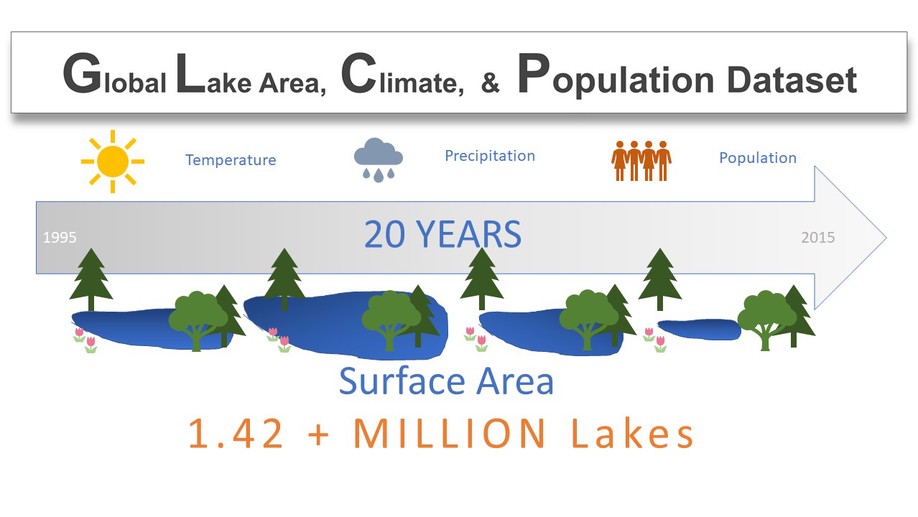My name is Alli Cramer and I’m an Integrative Ecologist specializing in Marine ecology and Ecoinformatics
I study how environmental processes interact across scales of time and space to impact aquatic organisms and communities, and how our understanding of ecology is formed by the measurements we take.


